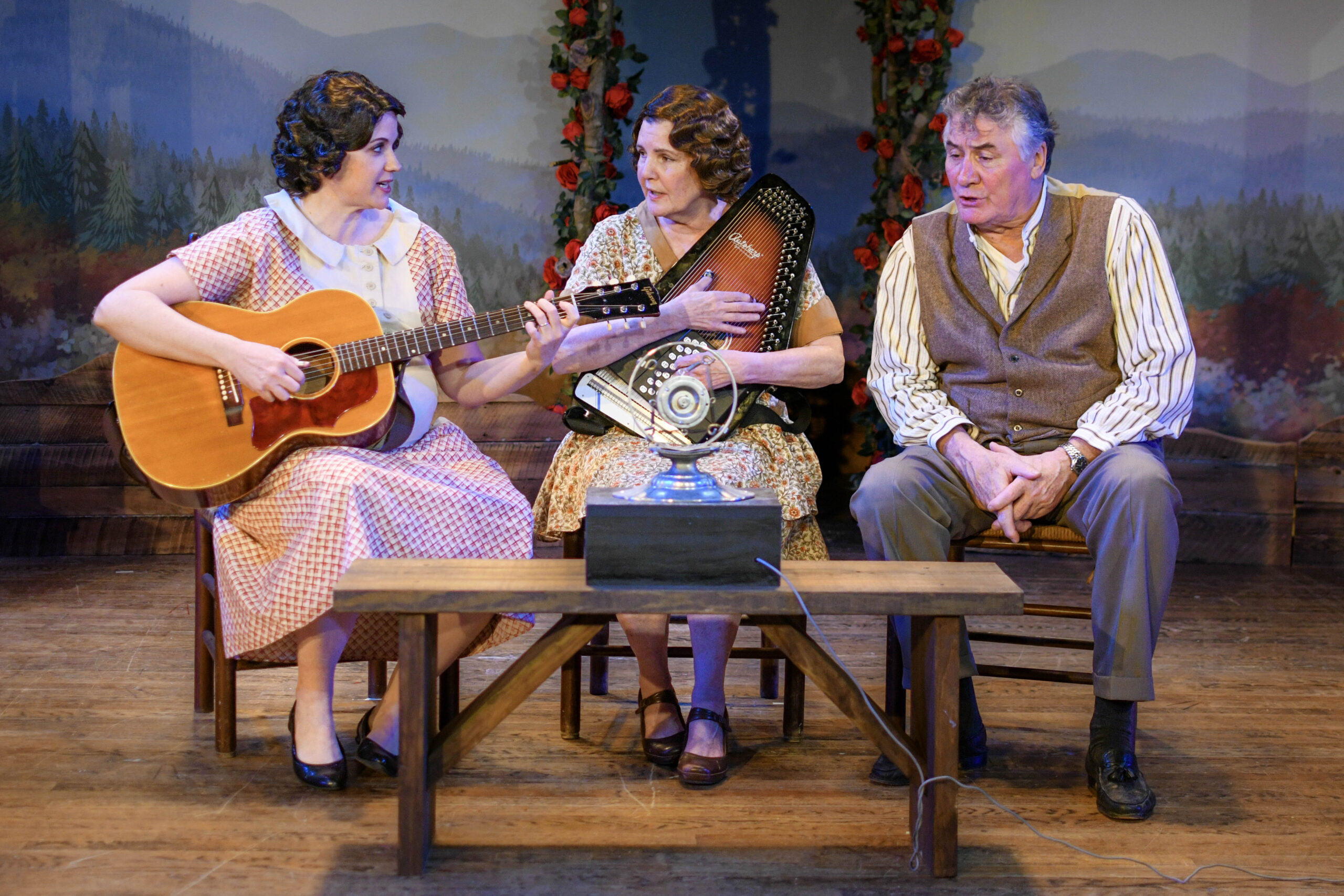FOREST, VA. – Archaeologists at Thomas Jefferson’s Poplar Forest will begin to re-analyze and interpret the materials from Jefferson’s Wing of Offices excavated in the late 1980s and early 1990s. This research will result in public friendly publications and ultimately permanent exhibits housed in the wing that will provide a first-hand look into the lives of those who lived and worked at Jefferson’s retreat.
The current project will begin with creating a new catalogue of the artifacts within a new database structure. This update will give Poplar Forest’s archaeologists a chance to compare these materials to those found at other sites on the property as well as other archaeological sites across the state. This will also allow Poplar Forest to gain new insight into how the wing was used as living quarters, cooking spaces and working spaces.
“The different types of analysis will help us understand some of the more intimate stories of Poplar Forest, such as what types of meals were being prepared, what was life like for Jefferson’s enslaved cook Hannah, and what types of furniture might have been in the house that we don’t have documentation for. In addition to discussing the activities within the wing itself, this re-analysis will allow us to better understand the chronology for constructing, repairing, and ultimately reconfiguring the wing into two separate outbuildings in the mid-1800’s,” said Jack Gary, Director of Archaeology and Landscapes at Poplar Forest.
The public will have unprecedented access to the analysis at Poplar Forest throughout the process via various internet media outlets, including Facebook, Twitter, and blogs. Archaeologists will be frequently posting images of artifacts and interpretations and invite the public to comment and ask questions. Ultimately, this research will result in permanent exhibits housed in the reconstructed wing that will depict the stories of the individuals who lived and worked there. The research and analysis will also culminate in a publication available to the public detailing Jefferson’s plans for the wing, the stories of the enslaved people who worked there, and its later destruction and re-use.
The attached wing structure was built by Jefferson starting in 1813 to house the kitchen, a storeroom, smokehouse, and a room that may have been both the cook’s quarters and a laundry. The wing was removed sometime in the mid 1800’s after Jefferson’s death and reconfigured into two separate outbuildings. One of the first archaeological projects conducted by the present day Corporation for Jefferson’s Poplar Forest was to uncover the remains of Jefferson’s wing. Much of the information gathered from those excavations was used to reconstruct the wing, which was unveiled in 2009. The artifacts recovered provide a fascinating look into the daily life of Thomas Jefferson, his enslaved laborers that lived and worked in the wing, and the people who lived and worked at Poplar Forest in the time after Jefferson’s death.
Poplar Forest is a National Historic Landmark recently added to the United States nominations to become a World Heritage Site. The property is regarded as an important example of historic restoration and archaeological research, and is open for tours, events and school outreach programs. Open daily March 15 through December 15, from 10 a.m. until 4 p.m., with the exception of Thanksgiving Day. For more information, visit www.poplarforest.org or call(434) 525-1806.







